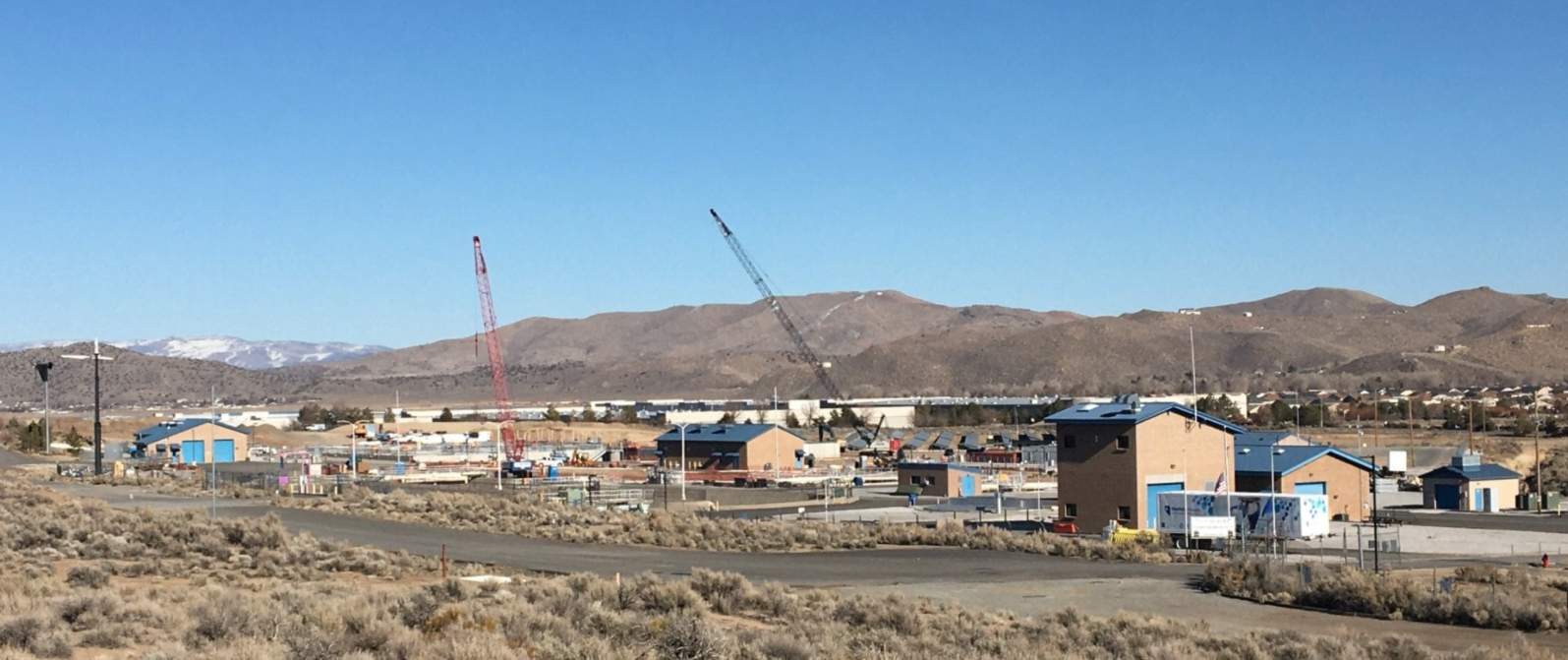Reno Stead Water Reclamation Facility & Tahoe Prosperity Center
A City of Reno water infrastructure project essential to regional business and long-term job growth was given a $5 million boost from the U.S. Department of Commerce’s Economic Development Administration (EDA). The largest ever EDA grant to a Western Nevada Development District (WNDD) member, it will help fund the Reno Stead Water Reclamation Facility (RSWRF) Effluent Treatment, Storage and Reuse project to help expand the region’s ability to process effluent and provide quality water for reuse by commercial users, new and old in Reno, Nevada.
The EDA also announced a grant award of $164,348 to the Tahoe Prosperity Center to facilitate a Tahoe Basin-wide Economic Recovery and Resiliency Plan.
Both projects were supported by the Western Nevada Development District’s 2020-2025 Comprehensive Economic Development Strategy, also known as a CEDS. The projects emerged from a selection process that identified and ranked projects of regional significance that will support jobs and create economic resiliency.
The infrastructure improvements at RSWRF not only allow the facility to support current and future business interests, including the proposed Reno Stead Airport Logistics and Manufacturing Park, but also commercial growth and business expansion planned in the nearby Reno-Sparks Indian Colony.
“This project will support business expansion, decrease the need to import water from outside the region, and lessen the likelihood that future flood events will impact local businesses,” said Dennis Alvord, Acting Assistant Secretary of Commerce for Economic Development.
The City of Reno estimates that this investment will help create 167 jobs, save 48 jobs, and leverage $76,750,000 in private investment. The EDA grant was matched with $9.8 million in local fund.
The Tahoe Prosperity Center (www.tahoeprsperity.com) will facilitate the recovery and resiliency plan with local business, political, education, and community leaders, along with government jurisdictions, non-profit partners, and Tahoe’s residents, according to its CEO Heidi Hill Drum.
“Tahoe’s Transition – Economic Recovery to Resiliency will create an action plan with steps for the region to implement to diversify the regional economy, which has become dangerously dependent on the Tourism sector,” Hill Drum said in a recent press release. Since the Great Recession, the Tahoe Basin has transitioned from 42 percent reliance on the Tourism sector to 62 percent. Tahoe struggled to get back the 5,000 jobs lost in 2008 and when the COVID-19 pandemic hit, the region lost another 9,000 jobs, according to the Prosperity Center.
From public works projects that drive new opportunities and build infrastructure, to regional partnerships that foster a skilled workforce, WNDD is an important economic development partner for new businesses entering western Nevada’s business landscape and for fostering projects that create economic resilience.
Cornerstone to these efforts is the CEDS — a locally-based, regionally-driven economic development planning process and document that successfully engages the region’s community leaders, private sector partners, and stakeholders in planning for the region’s future. Members submit applications to WNDD for the CEDS ranking process. After the careful review of the proposal by a member committee, the projects are ranked by a number of criteria including measurable regional economic benefits, measurable community benefits, fully-developed plan and strategy, and alignment with the CEDS goals and objectives, along with local and regional support.
These projects then become part of WNDD’s annual work plans which include the application for grant monies from the EDA or other applicable federal grant providers. The WNDD member agencies are in a greater position to attract federal funds and technical assistance by demonstrating resources are used efficiently and effectively reflected in the CEDS.
To date, WNDD has helped its members secure over $35 million grants or low-interest loans.

